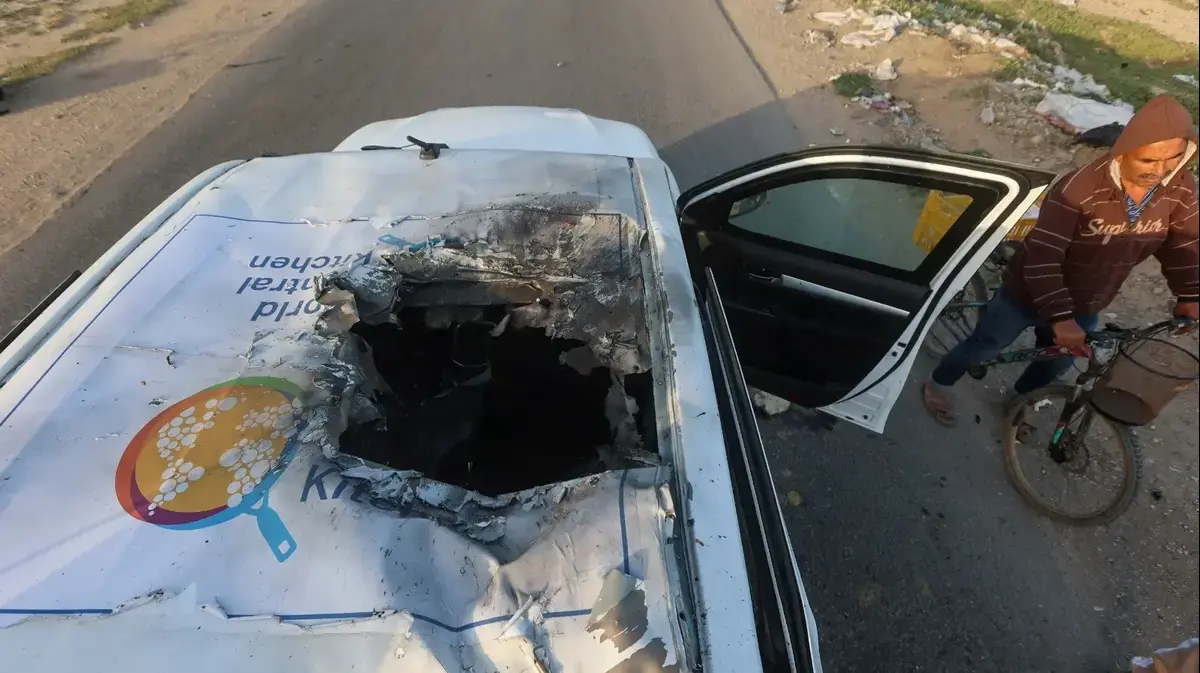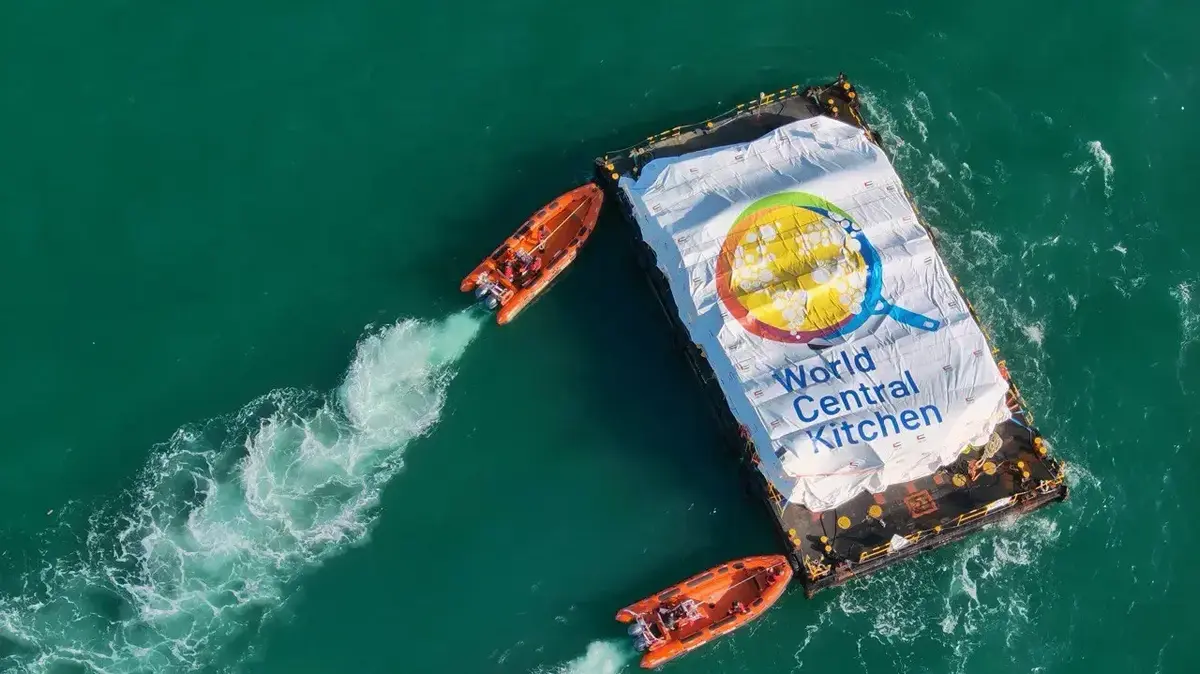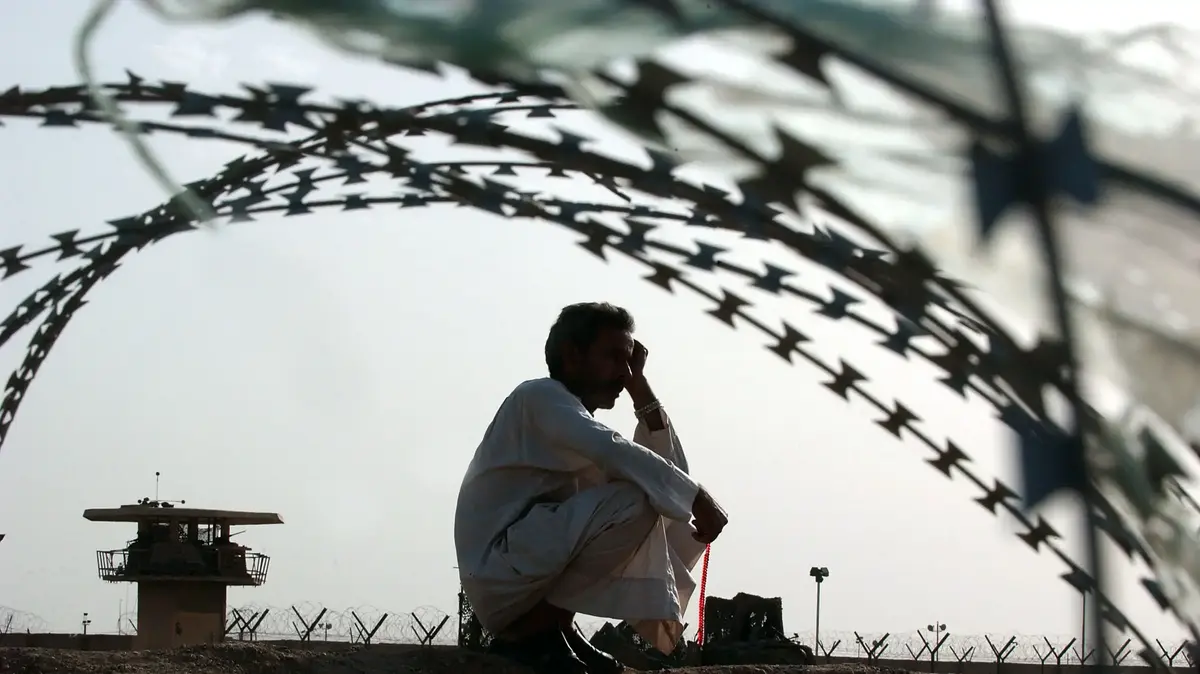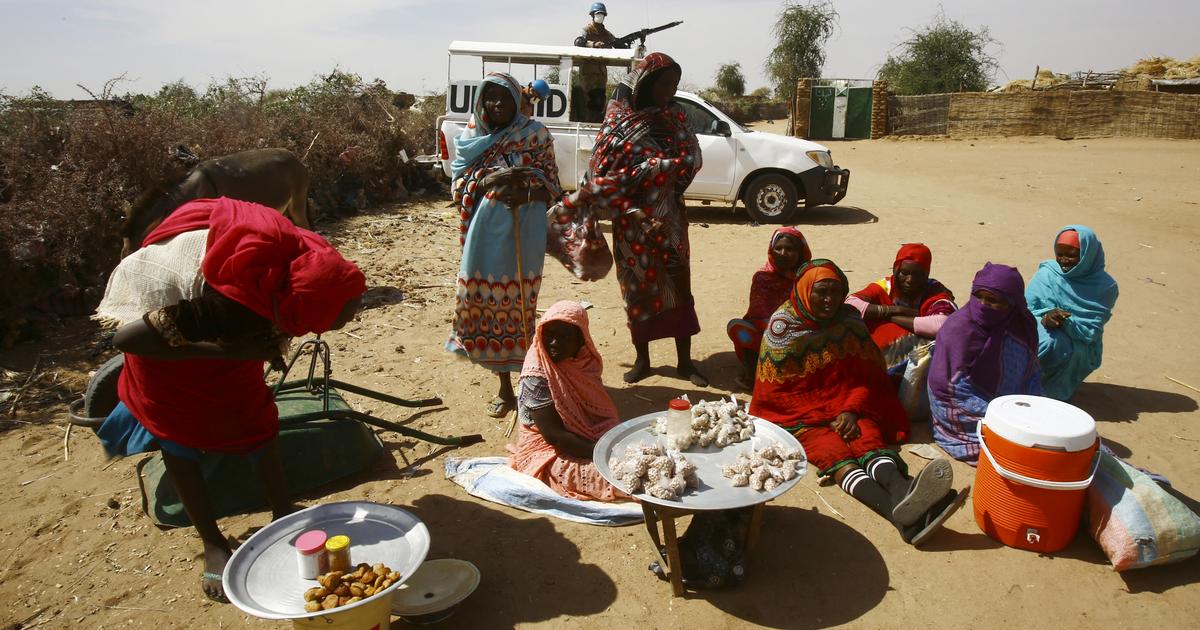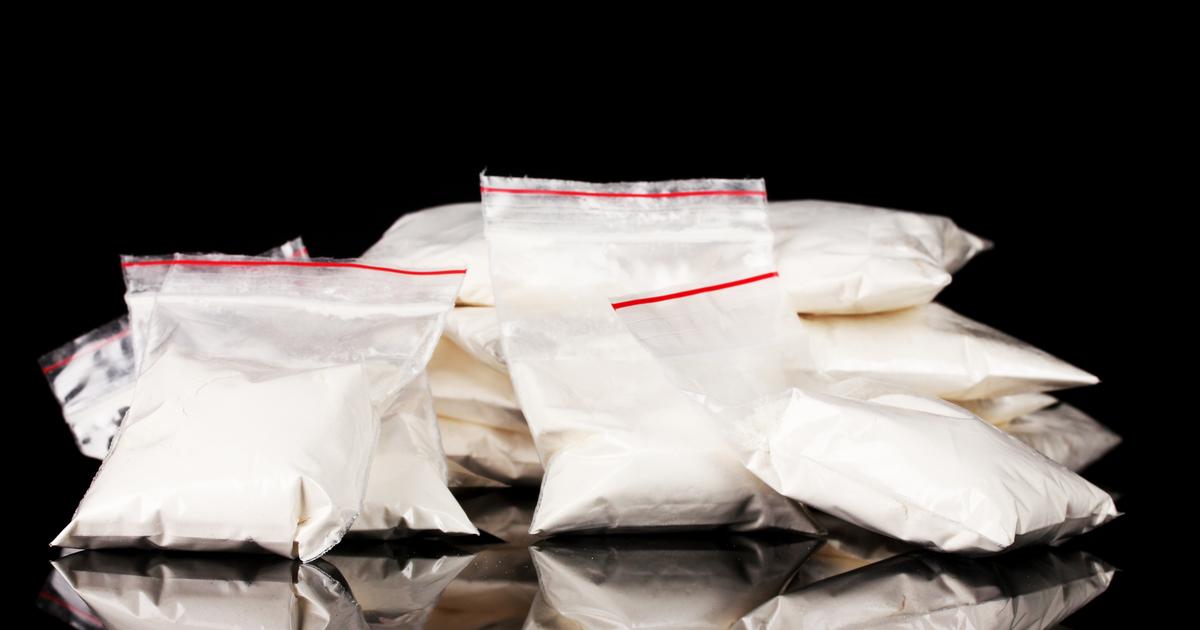NASA Curiosity Begins New Tour on Mars 1:11
(CNN) - The United Arab Emirates successfully launched its Mars-powered Hope Probe on Sunday, making it the first interplanetary mission in the Arab world and the first of three international missions to the Red Planet this summer.
The Hope probe took off from the Tanegashima Space Center in Japan, after a delay last week due to bad weather. The rocket was successfully separated from the launch vehicle, and the probe has established two-way communication with the ground segment in Dubai.
The Al Amal probe, as it is called in Arabic, is expected to reach Mars in February 2021. It will be the first time that the United Arab Emirates orbits Mars and the probe will remain in orbit for a Martian year, equivalent to 687 days in Earth, to collect data on the atmosphere of Mars.
We have lift-off. H2A, the rocket carrying the Hope Probe to space, has launched from the Tanegashima Space Center in Japan. # HopeMarsMission pic.twitter.com/pRKZLOL7NT
- Hope Mars Mission (@HopeMarsMission) July 19, 2020
"It is an honor to be part of the global effort to explore deep space," the official Hope Mars Mission account tweeted after the launch. "The Hope probe is the culmination of every step humans have taken throughout history to explore the unknown depths of space."
The United States and China are also embarking on missions to Mars this summer. NASA's Perseverance Rover and China's Tianwen 1 are expected to launch sometime between late July and early August, though the exact date will depend on daily launch conditions.
These three countries have decided to launch this summer due to the appearance of a biennial window when Earth and Mars are closer, making the trip a bit shorter.
NASA tweeted its congratulations after the successful launch of Hope, with a message on Perseverance's official Twitter page: “I wish you a successful journey and look forward to the sun when we both explore Mars… I can't wait to join you on the journey. ! ”.
Growing space sector
The Hope probe is the UAE's last and most ambitious step in its burgeoning space sector.
The Gulf country has launched satellites before, in 2009 and 2013, but they were developed with partners from South Korea. The nation founded its space agency in 2014 and has set ambitious goals, including a colony on the Martian surface by 2117.
Government officials have previously spoken of the space program as a catalyst for the country's growing STEM (science, technology, engineering and mathematics) sector.
Simply going this far was an impressive feat for the Gulf country. Most missions to Mars take 10-12 years to complete, but scientists from the United Arab Emirates only had six years to carry out the project.
To build the spacecraft, they partnered with a team in the U.S. at the University of Colorado Boulder's Laboratory for Atmospheric and Space Physics. And to find a new scientific objective for Hope's mission, they consulted the Mars Exploration Program Analysis Group (MEPAG), a forum created by NASA to plan explorations of that planet.
They decided to use Hope to build the first complete image of Mars's climate throughout the Martian year, said Sarah Al Amiri, the mission's science leader.
"The data collected by the probe will add a new dimension to human knowledge," Dubai ruler Sheikh Mohammed bin Rashid Al Maktoum said on Twitter. "This is our last contribution to the world."
Studying Mars' weather system, including changes in the atmosphere and climate, could help understand how Mars, a planet that used to share features with Earth, went from having rivers and lakes to not having water on its surface, Al said. Amiri.
To probe the puzzle, the probe will aim to take a variety of measurements, allowing you to explore different theories. Al Amiri says the team is especially interested in a possible link between dust storms and the loss of hydrogen and oxygen - the building blocks of water - from the Martian atmosphere.
CNN's Jenny Marc and Stephanie Bailey contributed to this report.
United Arab Emirates Mars


